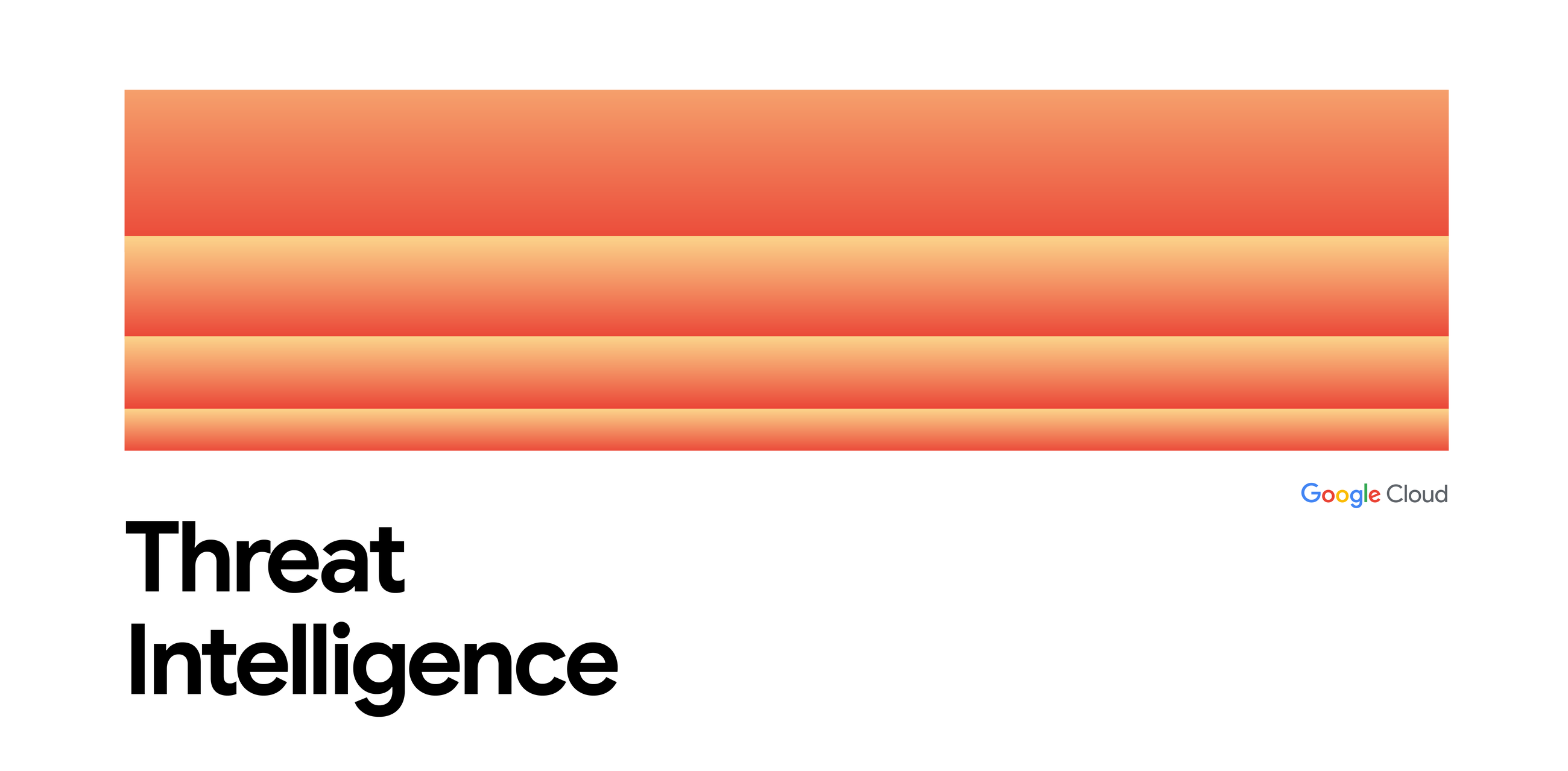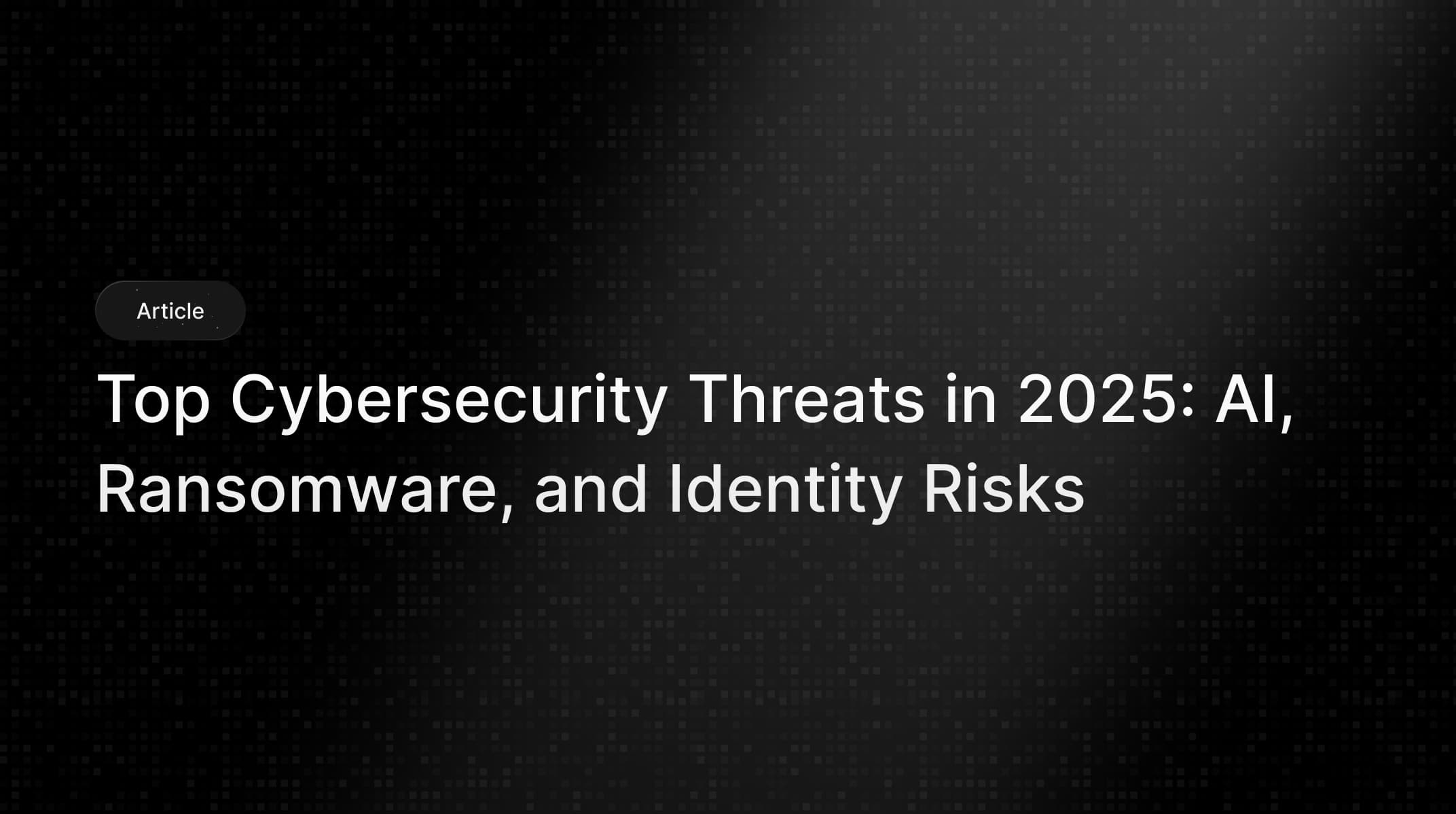Cybersecurity: Threat Intelligence in 2025
Navigating the Evolving Landscape of Cyber Threats












The cybersecurity landscape is rapidly evolving. As we step into 2025, organizations face unprecedented challenges from sophisticated cyber threats. Understanding these threats is crucial for effective defense.
The Rise of Sophisticated Threats
Cyber adversaries are leveraging advanced tactics, including AI-driven attacks and deepfake technology. This shift signifies a move from brute-force attacks to more sophisticated methods that exploit human trust [3].

Key Trends in Cyber Threat Intelligence
According to Deloitte, the most significant trends include AI threats, advanced phishing techniques, and supply chain vulnerabilities [2]. Organizations must adapt their strategies to counter these emerging threats.
For instance, AI-driven phishing attacks can create highly personalized and convincing emails, making it easier for attackers to deceive employees. This underscores the need for robust training and awareness programs.
Geopolitical Factors Influencing Cybersecurity
Geopolitical tensions are shaping the cyber threat landscape. As highlighted in the 2025 Global Threat Intelligence Report, nation-state actors are increasingly targeting critical infrastructure and private enterprises [4].
Organizations must remain vigilant and proactive in their defenses. This includes adopting threat intelligence frameworks that provide real-time insights into potential threats.

Defensive Strategies for 2025
To combat these threats, organizations should implement multi-layered security strategies. This includes investing in advanced threat detection technologies and fostering a culture of cybersecurity awareness among employees.
Moreover, collaboration with cybersecurity firms can provide organizations with the expertise needed to navigate complex threats. As Mandiant suggests, leveraging threat intelligence can significantly reduce risk [1].